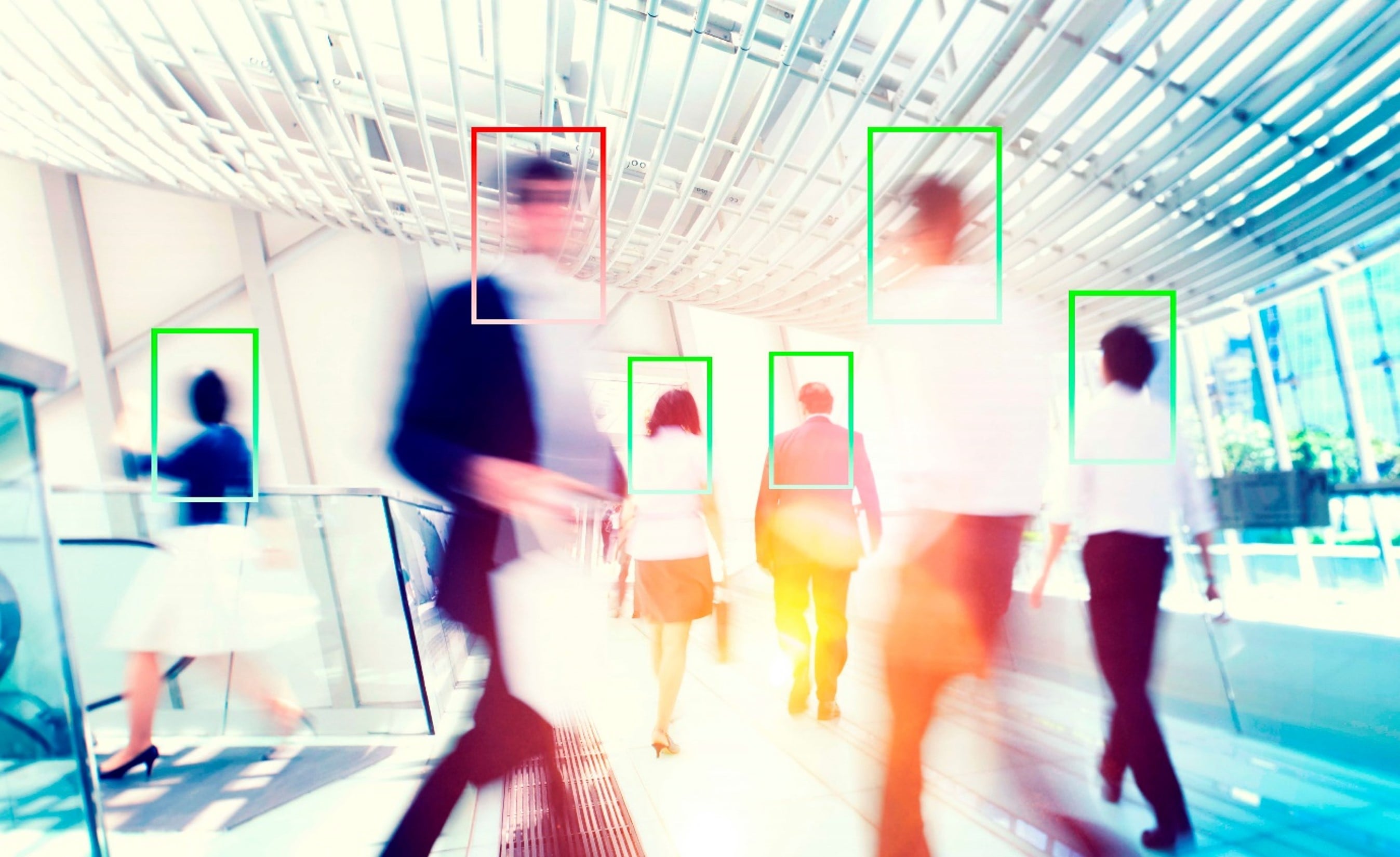Detecting deception in persons of interest can be a laborious task, but AI-driven innovations can help ensure no dubious character is left unchecked

One key advantage of deception detection tech is it can help officers screen crowds more efficiently.
Some members of our Home Team Departments (HTDs), especially those who work to secure our borders, often have to assess individuals to identify potential offenders before they commit a crime or enter the country.
Doing so means using one’s eyes to look out for behavioural and physiological cues to determine if anything might be amiss. But this task can at times be challenging when the number of people at places like immigration checkpoints surges during peak periods.
According to Simran Kaur, an engineer at HTX’s Biometrics and Profiling (B&P) Centre of Expertise (CoE), AI-powered technology can make things a lot easier.
“Combined with applications developed by HTX, cameras will be able to help frontline officers better detect behavioural cues without direct interaction,” she said.
“What’s more, technology can be used to assess people at scale. Imagine an event with a massive crowd – it would require a significant number of officers to perform such a task. With the tech that we are working on, however, just one or a few cameras can do the job.”
Simran said that HTX’s B&P CoE has helped the Home Team procure various analysis devices to aid with both mass screening and one-on-one interviews, and is currently developing the software for these devices so that they are well-suited to the needs of specific HTDs.
The tech advantage
Besides being able to screen people at scale, such technology is also highly useful because it can identify cues that could be difficult to spot at a distance using the naked eye.
Case in point? Micro-expressions.
“The analysis of micro-expressions—brief, involuntary facial movements—can reveal suppressed emotions such as nervousness, fear, or anger that could suggest a person is a potential security risk. While it can be difficult for officers to spot micro-expressions from a distance, cameras can do so from afar,” said Simran, who has been working on the technology to detect these traits since she was an intern at HTX.
Micro-expressions, she added, is a relatively new means of identifying potential offenders and is a growing research area.
According to her, the B&P CoE is currently working to upgrade the current version of its micro-expressions detector by feeding more data through machine learning algorithms. This would in turn help identify anomalous readings more accurately.
 The Layered Voice Analysis software that the B&P CoE is working on can help detect changes in the tone of voice, which tends to happen when people are telling lies.
The Layered Voice Analysis software that the B&P CoE is working on can help detect changes in the tone of voice, which tends to happen when people are telling lies.
Another relatively novel means of detecting deception Simran highlighted is skin temperature analysis, which requires the use of infrared cameras or thermal sensors to detect heat patterns on a person's body, especially the face.
“When a person feels stress or anxiety, the body’s ‘fight or flight’ response increases blood flow to areas such as the forehead, cheeks, and around the eyes, causing a slight rise in temperature. These subtle changes can be detected by thermal cameras, even if other outward signs of stress aren’t visible,” she explained.
What HTX is currently doing, she added, is developing artificial intelligence (AI)-powered software algorithms that can analyse these changes in temperatures and determine the threshold that suggests someone is feeling stressed or anxious.
Apart from these two types of tech, the B&P CoE is also working on Layered Voice Analysis software that can detect stress when someone is speaking, as well as applications that can detect pupil dilation and saccades, which refers to rapid jerky movements of the eyes. Some research has shown that there are more saccades when people tell a lie.
Simran shared that HTX is currently working towards combining facial expression analysis, visual stress detection, and Layered Voice Analysis so that the authorities can identify potential threats more efficiently.

The eyes are perhaps truly the window to the soul as eye movements can suggest whether someone is being less than honest.
Integration and human oversight
According to Simran, the process of detecting deception can be augmented by such tech innovations. She also noted that while automated systems are designed to assist officers by flagging potential signs of deception, officers still make the final decisions.

Simran (right) and her colleague testing a software in their lab. (Photo: HTX)
For example, if a person is flagged for displaying nervous behaviour, officers must still assess whether the nervousness is due to something benign or malicious intent.
Similarly, in an interview, systems merely guide the questioning process by highlighting potential emotional triggers – it is ultimately up to the officer to decide how to proceed.